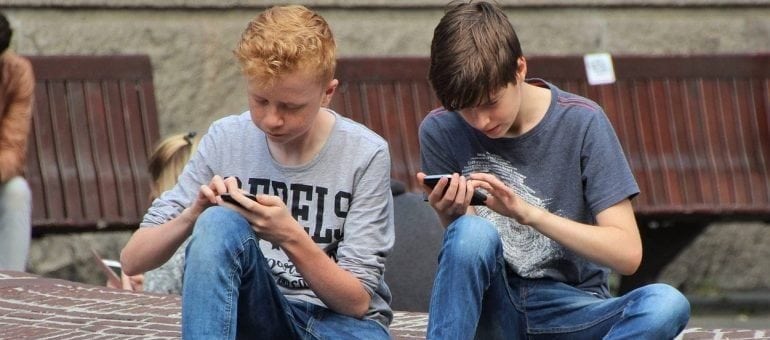
The New Zealand Tech Alliance is a group of independent technology associations from across New Zealand that work together to ensure a strong voice for technology.
Visit Tech Alliance

The New Zealand Tech Alliance is a group of independent technology associations from across New Zealand that work together to ensure a strong voice for technology.
Visit Tech Alliance
A cluster of low decile Northland schools is on track to outperform many higher decile schools around New Zealand through digital learning.
Students in the Te Puawai cluster – which includes Manaia View School, Whau Valley Primary, Te Kura o Otangarei, Whangarei Intermediate, Tikipunga High School and Hikurangi Primary School – are making faster progress in learning than the average New Zealand school, according to a report by the University of Auckland’s Woolf Fisher Research Centre.
The report tracked 394 students between Years 4 and 10 who participated in Taitokerau Education Trust’s digital immersion programme throughout 2017.
Taitokerau Education Trust aims to raise achievement levels by making personal-use devices accessible to students from lower-income households. Trust leaders will be speaking at the New Zealand education and technology summit in Auckland on July 3 and 4.
Students on the programme have equal access to online learning from their qualified teachers while studying both at school and in their homes.
Dr Rebecca Jesson, who led the research, says some of the students made accelerated gains at more than three times the rate of the previous year.
“All lines are pointing upwardly for all year levels for both genders and all ethnicities, which is huge,” Dr Jesson says.
She says the cluster is particularly strong in writing, a subject which often faces underperformance, and made faster than normal progress in maths.
The programme’s facilitator, Beth Lamb, says a key element to the programme is the flipped learning model, which is being embedded in all digital classrooms.
Flipped learning allows teachers to make lessons available to students before and during class so classroom time can be used to engage in active and meaningful learning activities.
“The flipped learning model enables the learners to access the content as many times as they need to gain a complete understanding.
“This is at the forefront of digital immersion best practice and is having a significant impact on student engagement in learning,” Lamb says.
Dr Jesson says the collaborative, flipped learning environment has played a key role in the accelerated achievement of the cluster.
“Teachers can easily engage kids in discussion because rest of class is participating in meaningful online activities where they can share their learning. And the students are working together with high expectations for each other. We can see this coming through.”
Taitokerau Education Trust executive officer Liz Cassidy-Nelson says the impressive results are due to more than digital immersion alone.
“It’s a wonderful acknowledgement of the commitment by our teachers, who have upskilled to a new way of teaching, and wh?nau, who are investing in the resources to make the change.”
For more information contact Make Lemonade NZ editor-in-chief Kip Brook on 0275 030188.
Want to know more? Sign up for the EdTechNZ updates, it’s free and will take less than a minute!